JEAN H. BAKER
W. W. NORTON & COMPANY
Copyright 2008, 1987 by Jean H. Baker
For information about permission to reproduce selections from this book, write to Permissions, W. W. Norton & Company, Inc., 500 Fifth Avenue, New York, NY 10110
Baker, Jean H.
Mary Todd Lincoln : a biography / Jean H. Baker.
p. cm.
Includes bibliographical references.
ISBN: 978-0-393-06977-8
ISBN: 978-0-393-07568-7 (e-book)
1. Lincoln, Mary Todd, 18181882. 2. Lincoln, Abraham, 18091865Family. 3. Presidents spousesUnited StateBiography.
I. Title.
E457.25.L55B35 2008
973.7092dc22
[B]
W. W. Norton & Company, Inc.
500 Fifth Avenue, New York, N.Y. 10110
www.wwnorton.com
W. W. Norton & Company Ltd.
Castle House, 75/76 Wells Street, London WIT 3QT
Preface to the 2008 edition
M ARY TODD LINCOLN remains Americas most provocative First Lady. With the exception of contemporary presidents wives in our personal memories, only Dolley Madison, Edith Wilson, and Eleanor Roosevelt approach the level of interest that Mrs. Abraham Lincoln continues to generate in fact and fiction. In introducing my version of Mary Todd Lincolns life to a new generation of readers, it seems appropriate to place this biography in its own historical setting and then to suggest new directions of research and interpretation about its subject in the twenty-first century.
My intention in writing Mary Todd Lincoln: A Biography was to move beyond traditional considerations of her service as a wife to Abraham Lincoln and, after his assassination, of her obsessive buying, subsequent insanity trial, and institutionalization in a mental asylum. I wanted to view her life from her own perspective, not one that developed from the unfavorable comments of her critics. And there were many such critics, including her acknowledged enemy William Herndon, Lincolns secretaries John Hay and John Nicolay, and even her son Robert. Their misrepresentations of and exaggerations about Mary Lincoln are examples of raising falsely dichotomous questions, such as was Mary Lincoln sane or insane, or was Mary Lincoln a wifely shrew or loving supporter of her husband. Framing such questions eliminates any room for a middle position. Unfortunately the conclusions of these critics commanded her early biographical characterizations, and they continue to imprint interpretations of her life.
Today Mary Lincoln remains a gendered subject, with women, after Jacqueline Kennedys admired tenure as First Lady, far more appreciative of her contributions to her home, to her family, and in her semipublic capacity at the White House. Women are also more sympathetic to her singular tragedies of losing three of her four children and her husband. And they are more likely to agree with Mary Lincoln about what she called my cruel persecution by a bad son after her eldest son Robert orchestrated her institutionalization.
As I investigated, my task became one of challenging the myths that had encrusted her reputation. These myths served a national purpose, as such tales do, of creating the heroic Lincoln who freed the slaves and saved the Union. Denigrating Mary Lincoln enhanced her husbands growing reputation as a man of tolerance and forbearance. For those who wanted to get to know Lincoln as a person, the fiction that he lived with a shrew of hellish temperament whom he did not love embellished his equanimity as something learned daily from a domestic existence with an impossible wife.
As a beneficiary of modern feminism and the developing field of womens history, I came to believe that Mary Lincoln was a victim of bias. She was configured into a one-dimensional human being, a stereotype of the best-hated faults of all women. Cast as a villainous termagent with no redeeming characteristics, she prompted the question of why anyone would want to marry her, and with little evidence some contemporary historians insist that Lincoln did not. We know, though, that she was the belle of the ball in Lexington and Springfield, and to see her life whole requires an understanding of her beginnings as well as her endings. It demands attention to the undramatic tale of her routinized domestic years in Springfield, when she gave birth to four sons, cooked, cleaned, and beat the rugs every spring but also had the time and energy, as Herndon once acknowledged, to educate her husband up to action. While her influence can be exaggerated, she certainly played a significant role in preparing Lincoln for the presidency and encouraging his ambitions.
Because this was to be Mary Todd Lincolns life, my biography covered, in nearly equal proportions, not just her years from 1861 to 1865 in the White House but her childhood in Lexington, Kentucky. In fact Mary Lincolns life divided into three equally long, cumulative segments of approximately two decades eachstarting with the twenty years of an exceptional social and academic education in Lexington from her birth in 1818 until 1837, when she left to live with her sister Elizabeth Todd Edwards. There followed her twenty years of domesticity as a wife and mother in Springfield, Illinois, from 1839 to 1861. From 1861 until her death in 1882, her life was irredeemably that of a celebrity who both courted and resisted fame. Yet because the stigma of insanity is unshakeable, as bad stories inevitably drive out favorable ones, what Americans remember most about Lincolns wife is that she was crazy. Sometimes popular memory flattens historical facts for the better, but in Mary Lincolns case it has worked in the opposite directionto sharpen them for the worse.
In my research and writing I found much to admire (and not to admire) about a woman who was occasionally an agent provocateur in some of the most lacerating episodes of her sixty-four years. To be sure, Mary Lincoln was the victim of a miserable fate beyond her control that destroyed what she most cared about as a conventional nineteenth-century woman: her family. I believe that her historical reputation sufferedand still suffersfrom criticism because she was considered an unruly woman, that is, she was ahead of her time in both her inherited interest in politics and her intention to establish her presence in American culture as a First Lady. She embraced the role of a Republican Queen, decorating the White House with sumptuous taste and inappropriate expense during the Civil War. She wanted to shine in the social life of politics, rather than in the recommended style of her predecessors who stayed upstairs, properly invisible in the private family quarters of the presidents house. And after the death of two sons, she accepted the heresies of spiritualism, which brought additional criticism. The combination of these factors needs explanation, not castigation.
As to one of the central episodes in her life, I became convinced that she was not insane, though certainly she exhibited neurotic behavior. I still believe that her efforts to fight her only surviving son for her release from an unnecessary incarceration in 1875 provided evidence to her contemporaries and to later historians of disruptive female insubordination. Such actions represented to me a classic instance of the contested power relations between males and females, in this case between mother and son. Surely there is a symbolic justice in Mary Lincolns having had to enlist one of the very few female lawyers in the United States, Myra Bradwell, in order to obtain her release from a mental asylum against her son Roberts wishes.

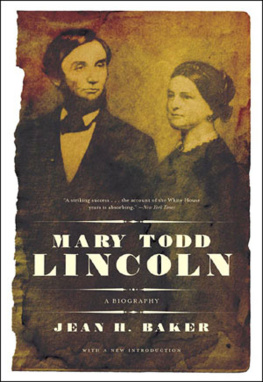
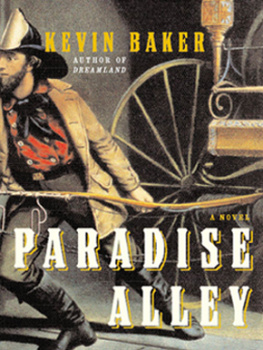


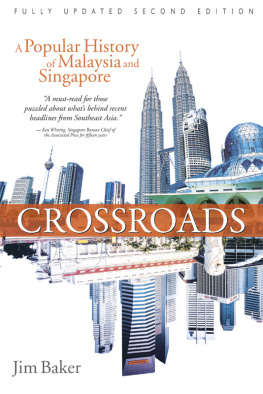
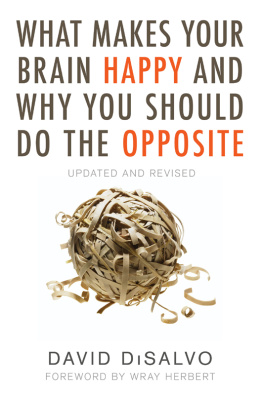
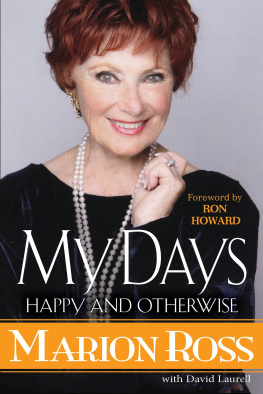

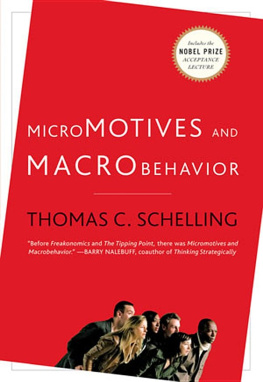
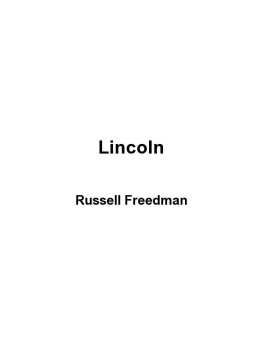
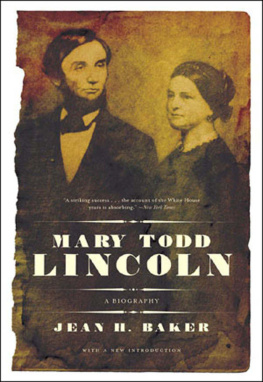
 LONDON
LONDON